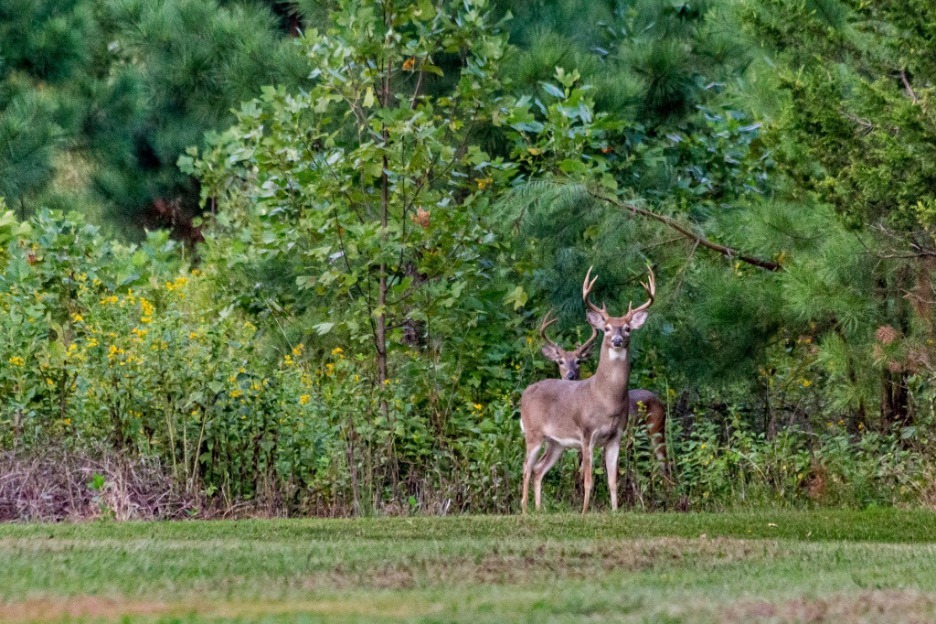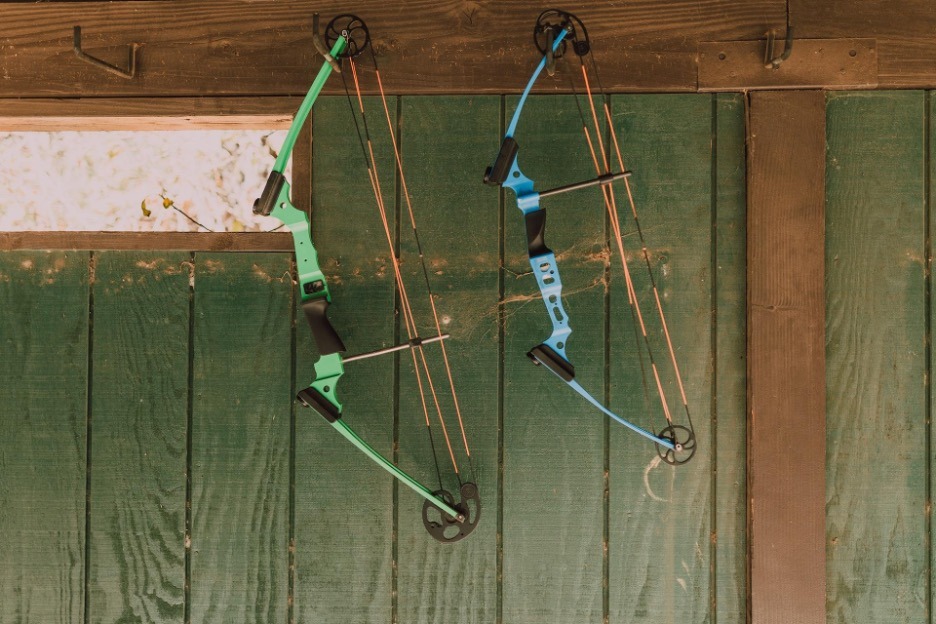
When considering picking a rifle or bow and becoming a hunter, most people have deer hunting in mind. However, there is a reason why deer trophies are uncommon. It is challenging to find them. Deer are by far the most challenging animal to hunt, which typically makes the outcomes of a successful hunt much sweeter.
We have put together this article with some of the best beginner’s deer hunting tips for those who need help knowing where to start. You will have a strong foundation with the knowledge you gain from this, allowing you to move on to more well-equipped strategies for deer hunting.
Learn About Deers
Starting any hunt with proper knowledge about the animals you will hunt would be best. In this case, start by learning about the various species of deer that live nearby. However, there are more than 40 species of deer. You can narrow it down by identifying and hunting the deer near your area with the right approach. It will be necessary to research their strengths, weaknesses, behavior, where they eat and sleep, what they consume, their footprints, and other factors. From this first step, you will learn all there is to know about the different kinds of deer you can encounter in the wild.
When To Hunt
Deer hunting season opens in either September or October. Although some states have some exceptions, depending on the weapon you use to hunt, there are different dates assigned when you can start. For example, like South Carolina, which has always been the earliest deer hunting state and allows bowhunting from the 15th of August, most states permit bowhunting starting on the 15th of September.
Confirm the start dates for all weapons with your neighborhood hunting organization. The best strategy for catching them is to use trail cameras to scout the area and ambush them as they travel to the food source.
Where To Hunt
Hunting is permitted on both public and private lands. Let’s start with the public one first, as it is the most commonly used one.
When it comes to these territories, there are three different types of ownership:
Federal-owned: The United States is in charge of overseeing countless acres of privately owned land. You can hunt on the majority of these lands if you want to.
State-owned – The majority of state forests and wildlife management areas are owned and managed by the state.
Locally Owned – This section includes all the lands owned by counties, cities, and even school districts.

State hunting organizations are the best resource for locating public hunting areas. In addition to other terrain and wildlife information you may be interested in, they will give you a wealth of information regarding the number of hunters in the area.
When hunting on private property, you have two choices: Rent or own the property. Renting is rare because many terms and conditions are expensive before you can start having fun.
How to track
After you learn about the deer’s feeding and sleeping patterns, The following things can assist hunters in finding a deer, Tracks, Droppings, Trails, Rubs, Scrapes, etc.
Deers can also be lured in a variety of ways. Some more effective ones include using antler rattling, scent wicks, callings, and deer scents.
Weapons
Bow hunting and firearm hunting are the two options for hunters regarding taking down a deer. Before using a weapon, whether a bow or a rifle, it is imperative to thoroughly understand its functions, mechanisms, and safety features. Always point your weapon at your target, and never point either weapon at anyone else. Lastly, continue to wear your safety until you are ready to fire.

When it comes to handling your weapon, bow hunting can take up more time and dedication. However, bow hunting has its benefits and is definitely more popular these days. We understand a compound bow or recurve bow is a substantial investment, so to protect that investment and provide you with an easy-to-handle case, we have listed out the best bow case you can afford with reviews and detailed descriptions about each bow case.
Before And After Your Hunt
Strive to unwind before you make your shot. All of your knowledge and experience will be useful here. Aim for the vitals if you want to make sure your shot counts. When you feel at ease, remind yourself to breathe before letting go of the trigger.
Don’t go running to the deer as soon as you shoot it. Keep an eye on your target while you wait a few minutes, and then check where you shot your target to see where the blood trail led. It’s crucial to track down the deer, find it, and complete the task.
Once the deer is dead, you should begin the gutting procedure. Mount your hunt on wheels if your hunting area has motorized access. Without that, you should dress the carcass and cut it into manageable pieces for transporting back to your camp.
Addition Essential Gears
When you go hunting, assume the worst and be ready for it.
Therefore, don’t forget to acquire the following before going on your deer hunt:
Hunting gear includes clothing, boots, socks, a backpack, a knife, and a first aid Kit.
Final Thoughts
Before you leave, check the weather, make sure you have taken any required safety courses, and have your license and tags. Furthermore, let someone know your destination. Include backup supplies in your backpack.
We understand there are many aspects of hunting, depending on your hunt, weapon, and terrain. Most of the hunting tips are generally transferable and adaptable with small addition and subtraction of gears. To know more about the various hunting regulation and hunting styles, we encourage you to explore A Hunter’s Hunting Style, a uniquely comprehensive guide for hunters.
Hey welcome to my blog . I am a modern women who love to share any tips on lifestyle, health, travel. Hope you join me in this journey!

Speak Your Mind